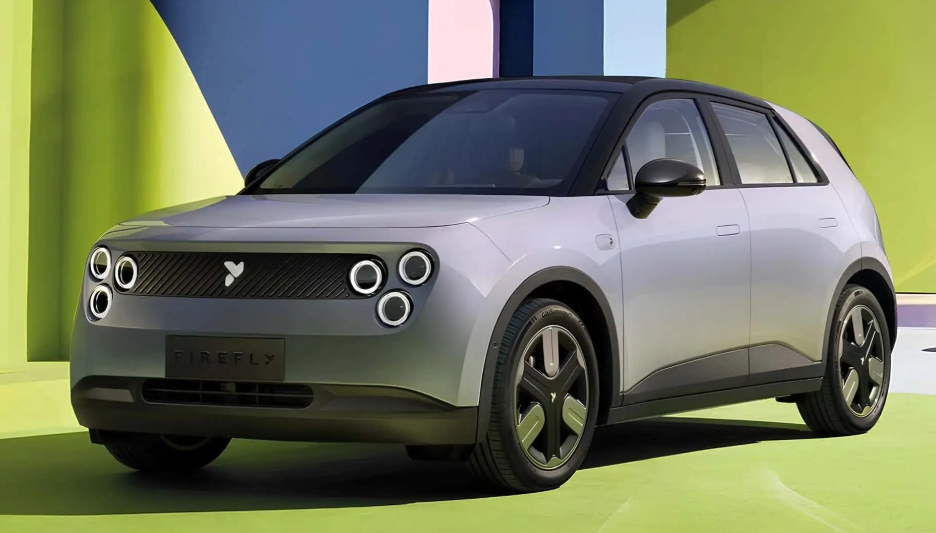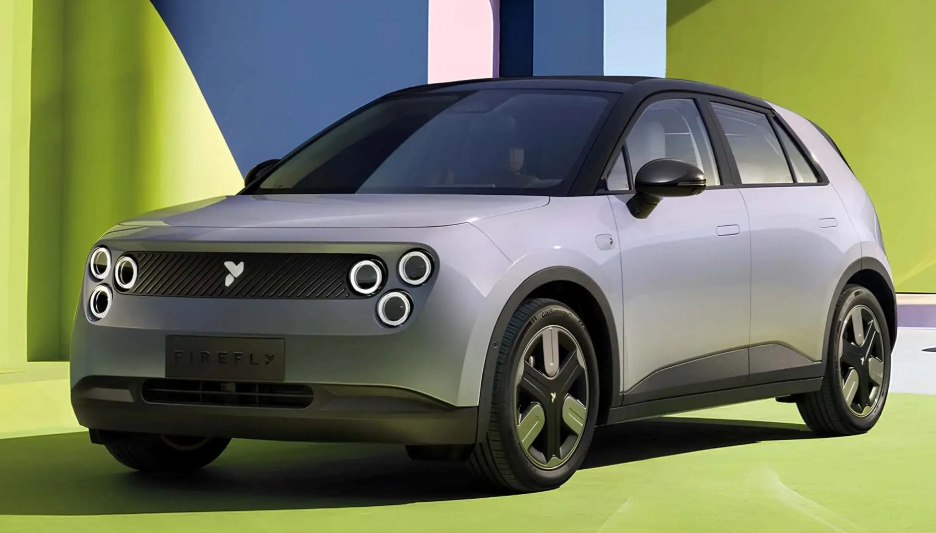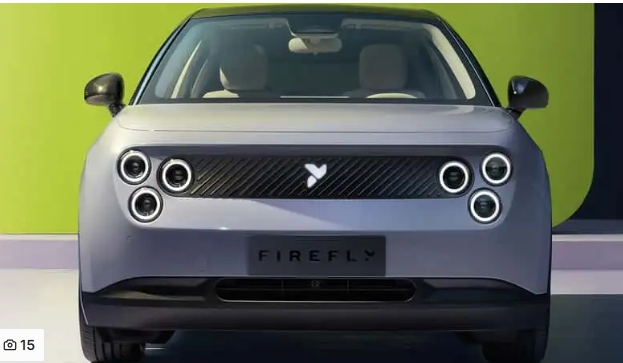

Photo by: Nio
Nio has just revealed the first electric vehicle that it wants to sell under its Firefly budget brand, a hatchback that will retail for just over $20,000 in China. When it reaches Europe sometime in the first half of 2025, it will likely cost a lot more than that due to tariffs and markup, but the company believes it will still be competitive, facing rivals from Smart or Mini.
Firefly’s compact EV, known simply as the Firefly EV, has more than a passing resemblance to the Honda e. It is bigger and a bit more rounded, and its unique front and rear light clusters give it a unique identity. Technical details are virtually nonexistent for now. We don't even know if the vehicle is front-wheel-drive or rear-wheel-drive; all we know is what we can see, as well as the fact that it will support battery swapping.

Nio
With its rear seat folded, the maximum load volume is 44.1 cubic feet (1,250 liters) and it also has a 3.24-cu-ft (92-liter) frunk.
Nio wants to create a network of Firefly-specific battery swapping stations in Europe, which it says cost about a third compared to the ones it has already installed for vehicles from the main brand. However, we don’t know the vehicle’s battery capacity or range rating, although we do know what the sales model will be.
Unlike the main Nio brand, which has a direct-to-consumer sales model avoiding traditional dealers, Firefly will have a completely different approach. Firefly vehicles will be sold through existing dealer networks, but they won't be dedicated to the brand, so they will likely be sold alongside other brands.
It will likely offer the vehicle without a battery, which you will lease from the manufacturer and pay a subscription to gain access to the swapping station network. This is called “battery as a service” (or BaaS), and it lowers the upfront cost of the vehicle and frees owners from having to worry about battery maintenance, but they will have to contend with monthly payments.
Nio first introduced BaaS in 2020, and in August of 2024, the company revealed that over 70% of buyers chose it. The percentage is much lower in Europe, though, where buyers prefer to pay more to also own the battery pack and not have to pay the monthly fee.